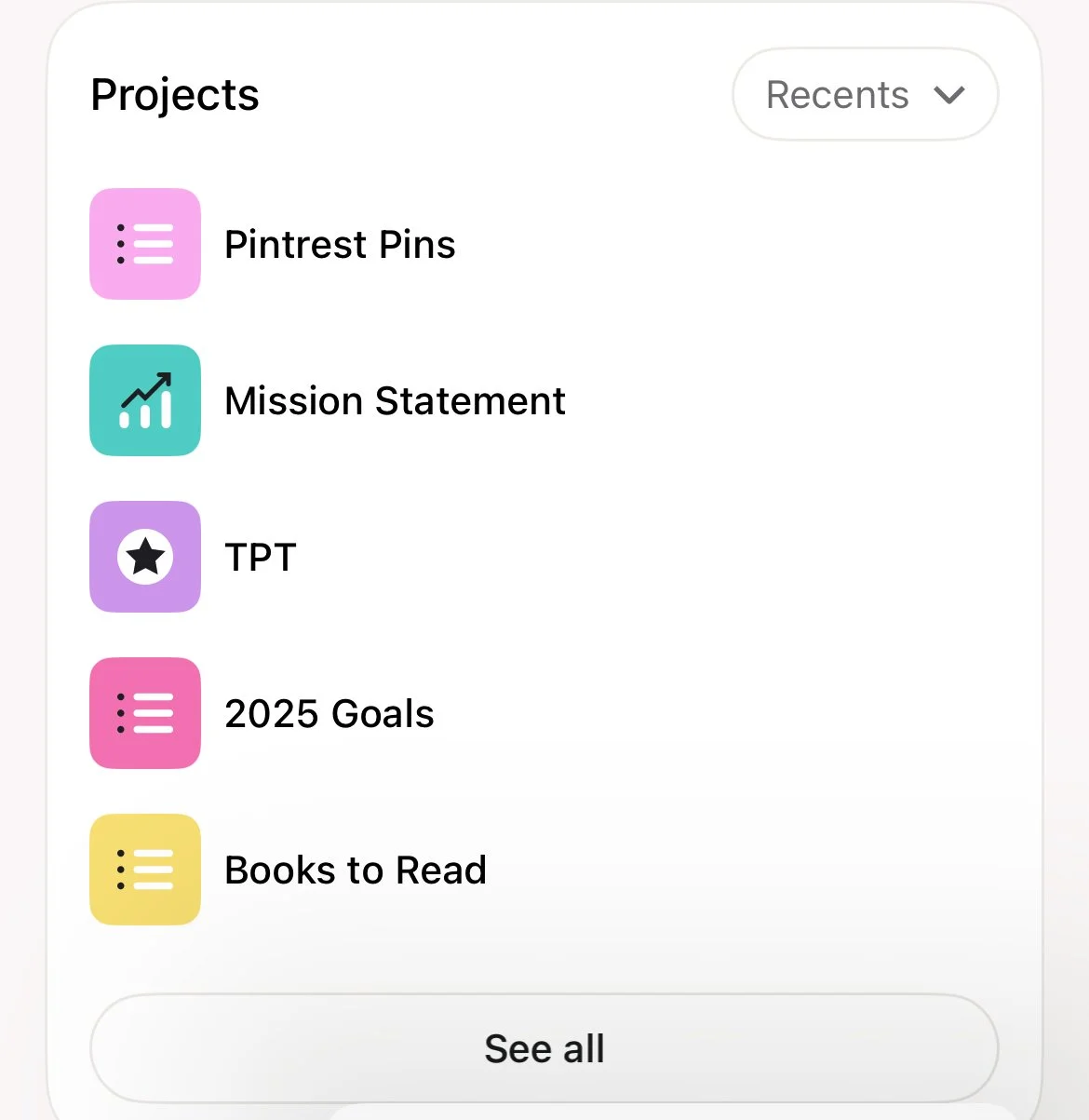I love using the app Asana at home as an artist, as well as a busy mom. I'm going to share why you should use Asana at home and in your art business. Learn more about using Asana at home below.
What is Asana?
Asana is a project management and collaboration tool designed to help teams organize, track, and manage their work. It provides a digital workspace where individuals and teams can plan tasks, set deadlines, communicate, and monitor progress in real-time, making it easier to stay on top of complex projects.
Asana is a free app for your phone or desktop. There is a paid version as well -but I just use the free version -to learn more about it- click here.
What are the Benefits of Asana?
Task and Project Management:
Users can create tasks, assign them to team members, set deadlines, and prioritize work. Projects can be organized into lists, boards, or timelines for visual tracking.
Collaboration:
Asana allows team members to collaborate by sharing tasks, commenting on work, uploading files, and tracking updates in one central place. This reduces the need for long email threads and helps streamline communication.
Progress Tracking:
Asana provides various tools for tracking project progress, including progress reports, milestones, and workload management features to monitor how much work team members are handling.
How to Use Asana at Home
You can use Asana at home by creating different boards to organize different projects around the house or general to-do list. You can then invite people to join your board like older teenagers or your partner. You can directly assign tasks to people and people can view the board and mark off a task once it is complete.
This is a great way to keep track of projects, home renovations, and other ongoing tasks like home maintenance.
The way you organize your board is completely up to you. You could have a board related to outdoor projects. You could have a board related to vehicles. You could have a board related to books that you want to read, vacations that you want to go to, you could have a board related to different rooms in your house. The possibilities are endless.
If you are like me and are an artist with an art business, you will also want to use Asana at home for that too.
I like having different boards related to my art business. Here are some of the boards that I have on Asana.
Books I want to read
Goals I have for the year
Goals I am working on each quarter
Blog post ideas
Pinterest pins that I have created I need to create
YouTube tutorial ideas
All the steps I need to take in order to create and launch my art portfolio course
Different TPT products I want to make
As you can see, there are a lot of different ways that you can use Asana to organize your ideas, your thoughts and your projects.
Asana is a great way to stay productive because you can always know what to work on by looking at your to-do list and easily referring to your goals.
It's also a great way to digitally store your ideas in an organized way so that you can refer back to them.
If you have a team of employees or a partner, who helps you on projects, you can assign them to task and let everyone know what they are accountable for and what they should be working on. You can also assign deadlines to keep everyone organized.
To learn more about Asana and this free app, you can click here. There is a paid version, but I personally enjoy the free version.
Leave a comment below and let me know if you found this blog post helpful and what you like, using Asana for in your art business.
Connect with me on social media by clicking on one of the icons below.







